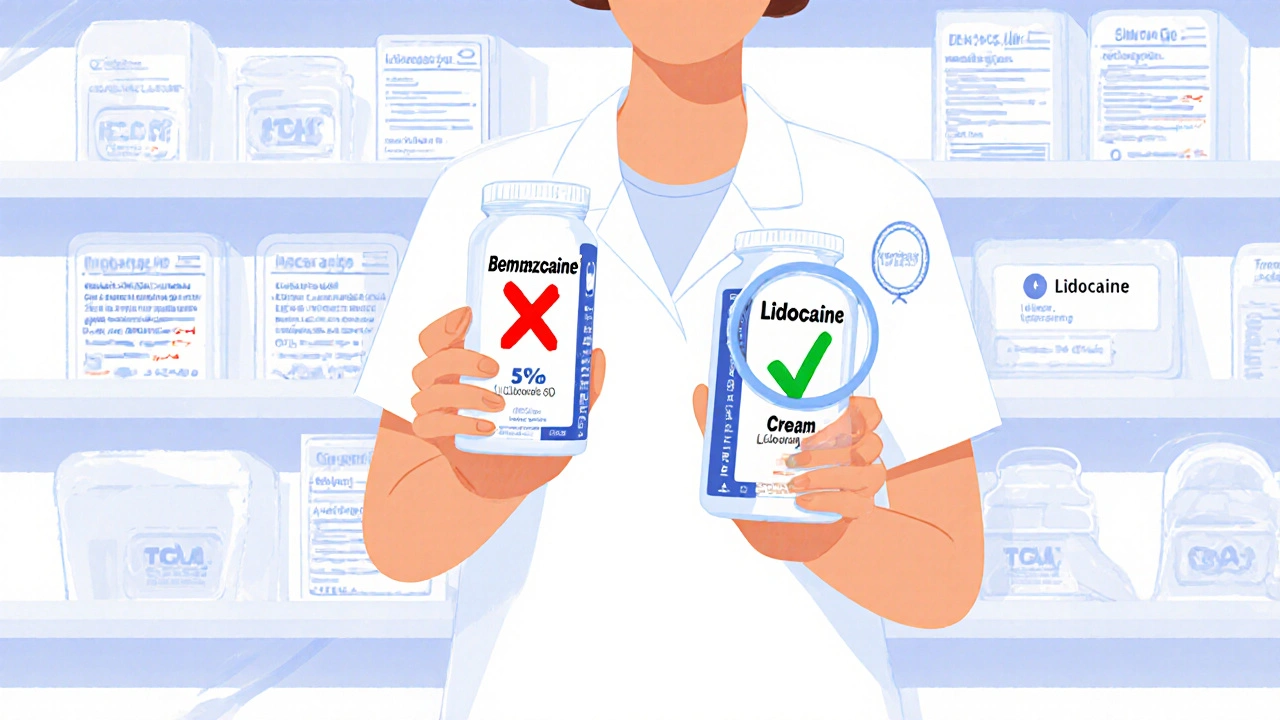Numbing Creams: What They Are, How They Work, and Where to Use Them
When you need to reduce pain from a needle, tattoo, or minor skin procedure, numbing creams, topical anesthetics applied to the skin to temporarily block pain signals. Also known as topical anesthetics, they work by stopping nerves in the outer layer of skin from sending pain messages to your brain. These aren’t magic—they don’t make you feel nothing—but they take the sharp edge off so you can get through the discomfort without flinching.
Most numbing creams contain one or two active ingredients: lidocaine, a fast-acting local anesthetic commonly found in over-the-counter and prescription creams, or prilocaine, a longer-lasting option often paired with lidocaine for deeper numbness. Some also include benzocaine or tetracaine, but lidocaine and prilocaine are the most reliable. You’ll find them in creams, gels, sprays, or patches—each with different strengths and how long they take to kick in. Most need 20 to 60 minutes to work fully, and you’ll usually need to cover the area with plastic wrap to keep the heat in and help absorption.
Numbing creams are used in everyday situations: before getting a piercing, during laser hair removal, for eczema flare-ups on sensitive skin, or even to ease the pain of hemorrhoids. They’re not meant for deep wounds or serious injuries—those need real medical care. But for surface-level discomfort, they’re a simple, non-invasive tool. What most people don’t realize is that not all numbing creams are created equal. Some are sold as cosmetics with barely any active ingredient. Others are pharmacy-grade and require a prescription. Knowing the difference can save you time, money, and pain.
There’s also a big gap between what’s advertised and what actually works. A cream labeled "9% numbing power" might sound strong, but if it’s not formulated right or doesn’t stay on long enough, it won’t do much. The best results come from using the right product, applying it correctly, and giving it enough time. And while they’re generally safe, they’re not risk-free—overuse can cause skin irritation, allergic reactions, or even rare cases of toxicity if too much gets absorbed.
What you’ll find in the posts below are real, practical comparisons and guides on how these creams perform in different situations. You’ll see which ones doctors actually recommend, how they stack up against each other, and what to watch out for when buying them online. Whether you’re preparing for a tattoo, managing chronic skin sensitivity, or just trying to avoid a needle sting, the information here cuts through the noise and gives you what actually matters.





